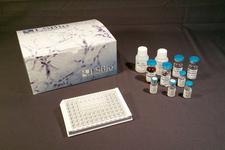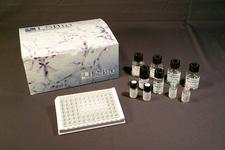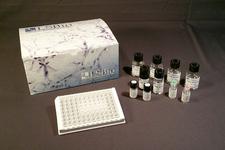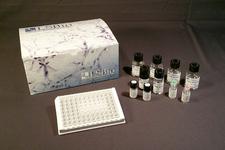order histories, retained contact details for faster checkout, review submissions, and special promotions.
Forgot password?
order histories, retained contact details for faster checkout, review submissions, and special promotions.
Location
Corporate Headquarters
Vector Laboratories, Inc.
6737 Mowry Ave
Newark, CA 94560
United States
Telephone Numbers
Customer Service: (800) 227-6666 / (650) 697-3600
Contact Us
Additional Contact Details
order histories, retained contact details for faster checkout, review submissions, and special promotions.
Forgot password?
order histories, retained contact details for faster checkout, review submissions, and special promotions.
WT1 / Wilms Tumor 1
Wilms tumor 1
WT1 / Wilms Tumor 1 is a transcription factor that contains four zinc-finger motifs at the C-terminus and a proline/glutamine-rich DNA-binding domain at the N-terminus. It has an essential role in the normal development of the urogenital system, and it is mutated in a small subset of patients with Wilms tumor. This gene exhibits complex tissue-specific and polymorphic imprinting pattern, with biallelic, and monoallelic expression from the maternal and paternal alleles in different tissues. Multiple transcript variants have been described. In several variants, there is evidence for the use of a non-AUG (CUG) translation initiation codon upstream of, and in-frame with the first AUG. Authors of PMID:7926762 also provide evidence that WT1 mRNA undergoes RNA editing in human and rat, and that this process is tissue-restricted and developmentally regulated.
| Gene Name: | Wilms tumor 1 |
| Synonyms: | WT1, GUD, EWS-WT1, Amino-terminal domain of EWS, WAGR, WIT-2, Wilms tumor protein, AWT1, Wilms tumor 1, WT33, NPHS4, WT-1 |
| Target Sequences: | NM_024426 NP_077744.3 P19544 |
Publications (5)







If you do not find the reagent or information you require, please contact Customer.Support@LSBio.com to inquire about additional products in development.









